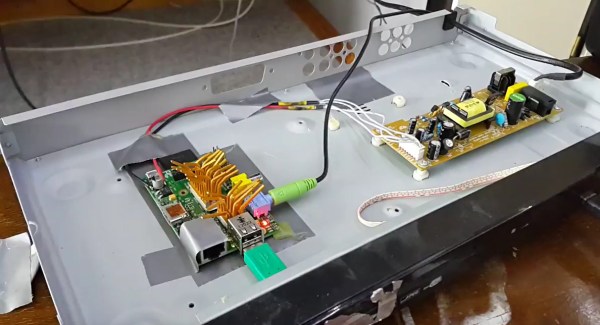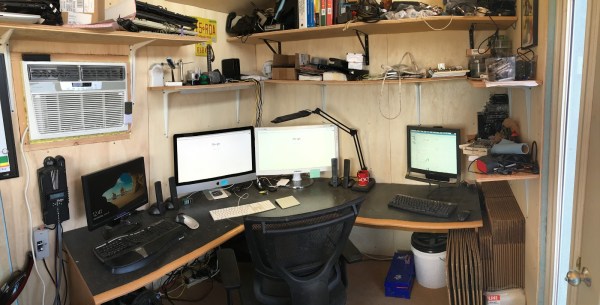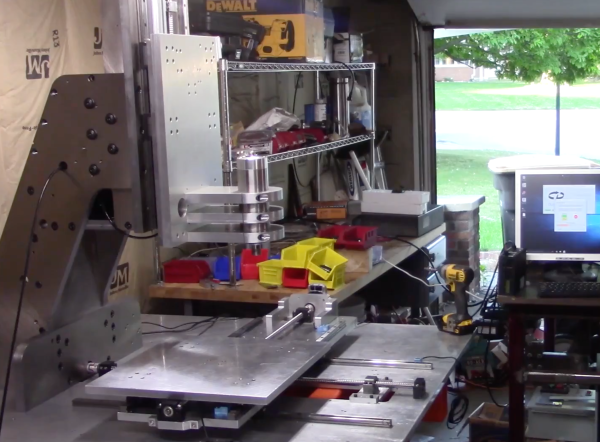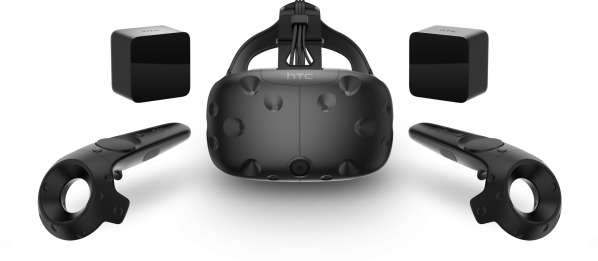If you’ve been paying even a little bit of attention to popular music over the past couple of decades, then you’re surely aware of the electronic music duo Daft Punk. Of course, their success isn’t just a result of their music – a big part of it is also their iconic costumes and persona. What makes those costumes iconic is the robot helmets that the musicians wear. What initially began as a desire to hide their faces ended up becoming their most distinctive trait.
The helmets that the duo wears have changed over the years, but an homage helmet created by [Mike Michelena] puts them all to shame. It maintains the aesthetic elements of Daft Punk’s helmets, while improving on the tech aspects in every way. 210 RGB LEDs, a microprocessor, and 14 amp hours worth of battery give it complete customizability and 5 hours of use.

















